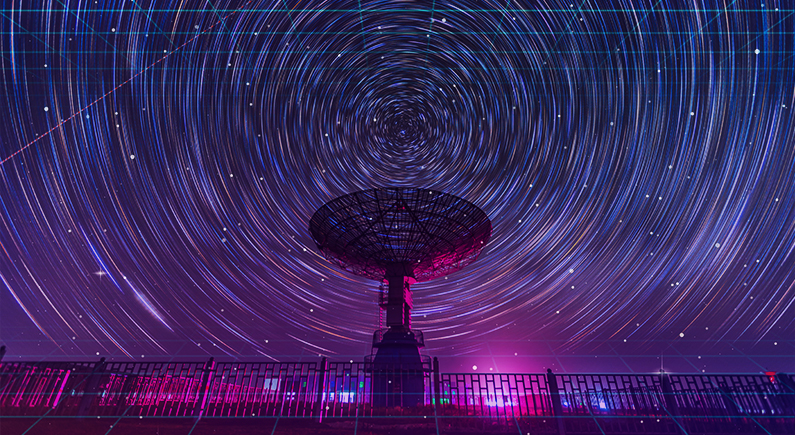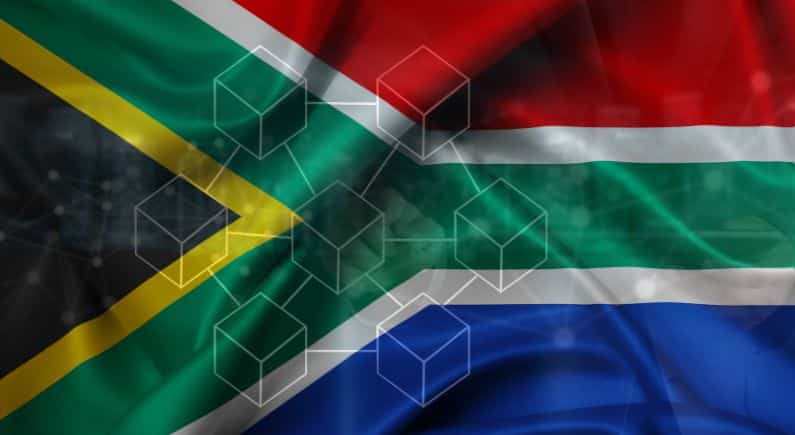AI eyes on the sky: SNAD and the future of astronomical research

Constituted by the Sternberg astronomical institute, Laboratoire de Physique de Clermont, Space Research Institute, Moscow Institute of Physics and Technology and the University of Illinois Urbana-Champaign, SNAD is a leading research network in terms of space research and deep tech. United together in the common goal of detecting astronomical anomalies using machine learning technology, the partnership has recently broken ground with the detection of 11 new anomalies.
SNAD uses Artificial intelligence to detect 11 new space anomalies
The research team reviewed digitized images of the Northern sky acquired through the use of a k-D tree in 2018 to look for space anomalies through a method referred to as the “nearest neighbor” method. Then, the research was promptly handed over to automated machine learning algorithms.
The last few years have seen astronomical research undergo a significant golden age through large-scale analysis. A single example. The Zwicky Transient Facility, uses a wide-field view camera to survey the Northern sky with billions of objects amounting to approximately 1.4 TBs of data being produced every single night.
However, this massive degree of scale comes with a very prominent caveat; the more data there is, the less reasonable or practical it would be to have the data sifted through manually. This being said, Deep Tech may have presented our leading team of international scientists with the solution; automation.
SNAD: Sorting through light curves so you don’t have to
In terms of astronomy, light curves help demonstrate the variation of an object’s brightness with respect to time. In simplicity, the researchers in question would identify a flash of light and they observe to see if it becomes brighter, dimmer or just snuffs out completely.
Konstantin Malanchev, a Postdoctoral researcher at the University of Illinois and co-author of the research paper outlining this, elaborated on their findings from the analysis of a million real light curves from ZTF’s 2018 catalogue.
“‘We described the properties of our simulations using a set of characteristics expected to be observed in real astronomical bodies. In the dataset of approximately a million objects, we were looking for super-powerful supernovae, Type Ia supernovae, Type II supernovae, and tidal disruption events. We refer to such classes of objects as space anomalies.
They are either very rare, with little-known properties, or appear interesting enough to merit further study.”
The discovery: 11 new space anomalies
The research paper identified 15 nearest neighbours for each simulation, 105 matches in total. Following a manual analysis by the researchers themselves, SNAD’s team discovered 11 astronomical anomalies with 7 of these being supernova candidates and 4 being identified as active galactic nuclei candidates.
Maria Pruzhinskaya, a research fellow at Sternberg Astronomical Institute and paper co-author, noted that
“This is a very good result. In addition to the already-discovered rare objects, we were able to detect several new ones previously missed by astronomers. This means that existing search algorithms can be improved to avoid missing such objects.”
News sourced from Innovation News Network.
Join us in AIBC Belgrade, Serbia from the 22-25th August:
With the peninsula being known for its natural beauty, rich cultural landscape and fantastic delicacies, the Balkans are renowned for having some of the most quintessentially Mediterranean vistas and experiences. From the Adriatic coastline of Split to the fairytale-esque castle of Lake Bled, the region has a lot to offer the world. This being said, something that fewer may know is the fact that the nations of the Balkans are incubating a nascent but powerfully growing technical expertise when it comes to frontier technology such as Blockchain, GameFi, AI and more. Therefore the region may not only be a rich adventure into the past but my also serve as a window into the very near future.
Join us in Belgrade for the best the industry has to offer and for a window into the future of Deep Tech. To learn more about sponsorship and speaking opportunities or to inquire about attending the event, please contact Sophie at [email protected]. If you’re interested in being one of leading speakers for Belgrade, contact [email protected]






